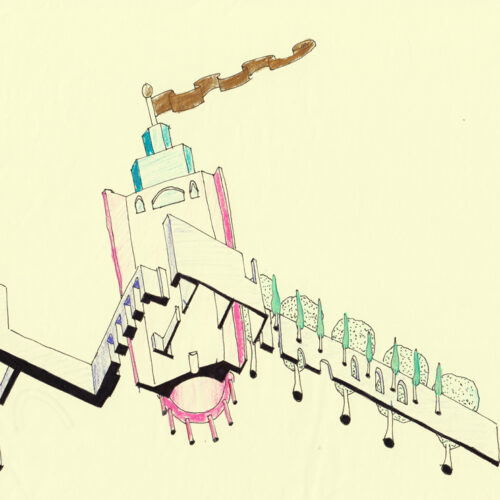
Thinking about drawing space
Drawings (images) are an important tool for the representation and communication of our design projects. They allow us to describe the spaces, objects and projects that we envisage, and to present them to our clients and colleagues, as well as the rest of the world. Drawing (the act of) is a vital tool that helps us as artists and designers to think, to test and explore our thoughts and ideas, and to visually and critically analyse the development of our work. Therefore drawing, and drawings, are about describing and conveying important information.
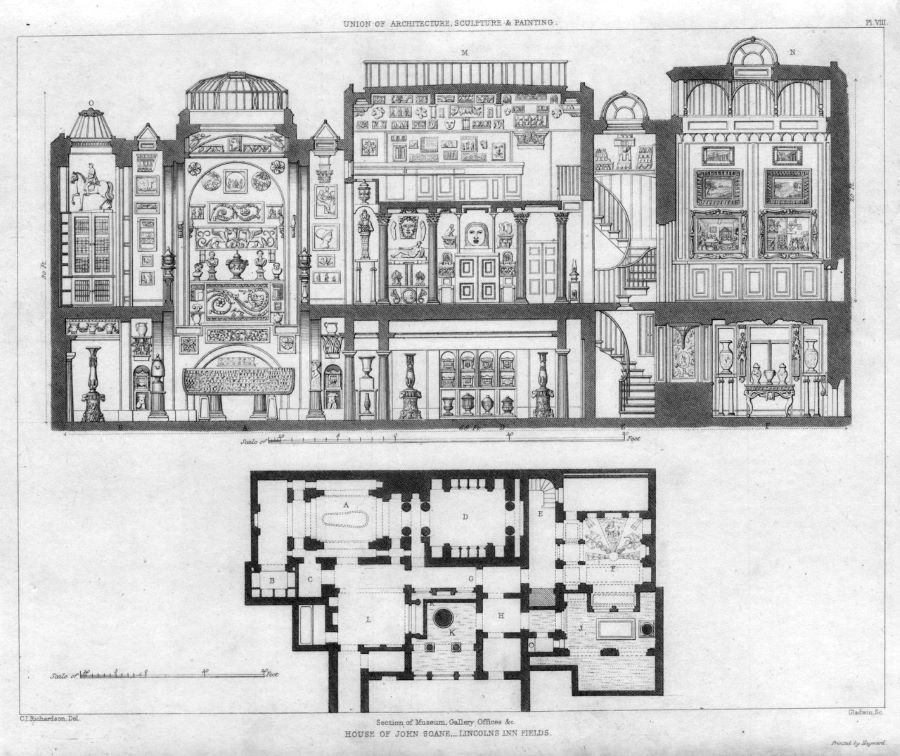
There’s no correct way of producing a drawing, no set rules that you must stick to, or even a “right and wrong” way, but there are tools, systems and techniques that you can learn and use to your advantage when attempting to construct your own drawings. There are crucial architectural conventions that underpin the quality of spatial drawings, such as orthographic projection, structural hierarchy, line weights and scale (see a and excellent books to help you learn and understand how to use them, such as Francis Ching’s ‘Architectural Graphics’ which is available as an eBook here. Moving beyond those conventions though, we should also start to think about how we communicate the narrative and spatial programme that we’re developing, and the different environmental conditions that we’re considering, as well as the spatial relationships that we want to propose.
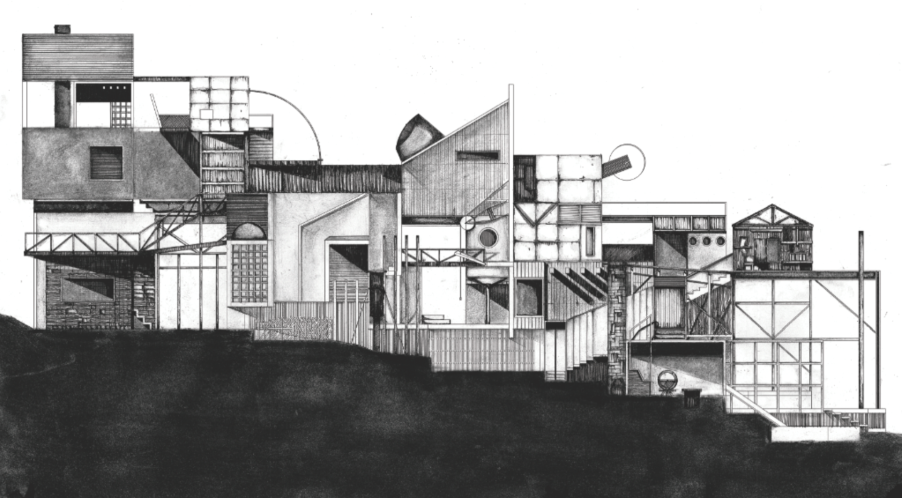
As interior and spatial designers, our drawings are about communicating how it feels to occupy the spaces and places that we are designing, and the act of drawing becomes a way for us to communicate a qualitative exploration of space. As a part of your design-thinking, you might produce a set of speedy diagrams like Zaha Hadid’s sticky-note drawings for the Kurfüstendamm project. Speedily jotting down your thoughts to produce a batch of iterations allows you to critically analyse your ideas and the development of your project.
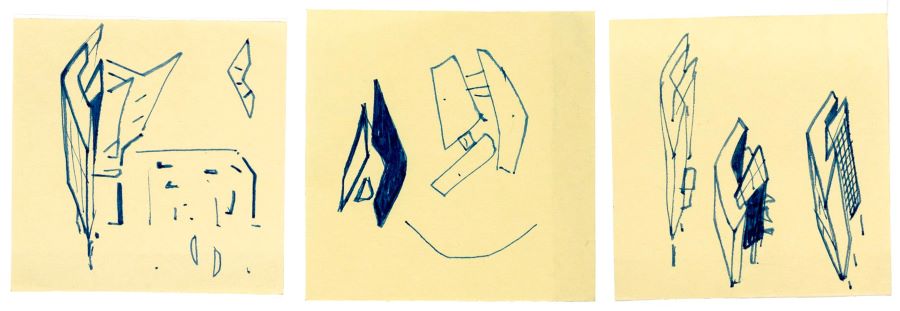
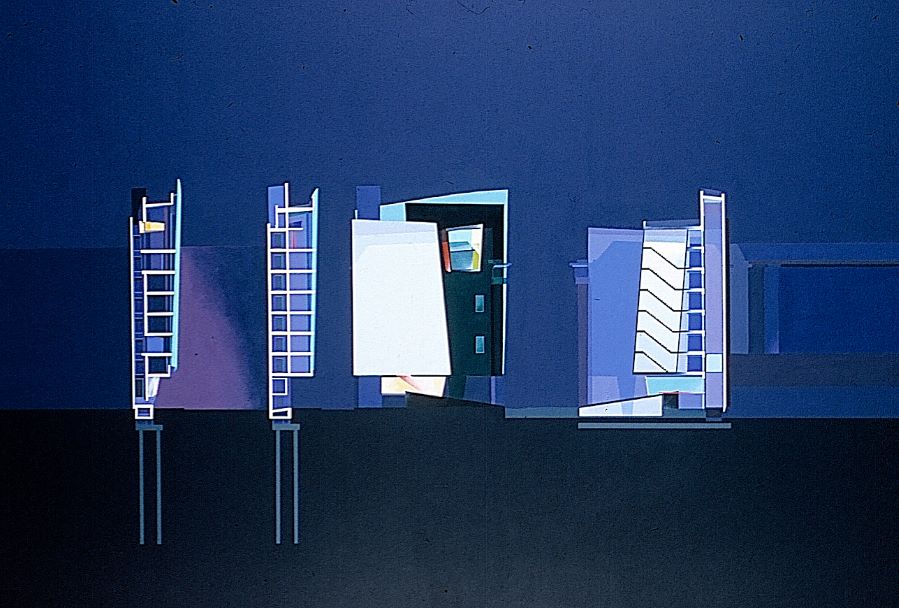
You might also use drawings to test the relationships between the different components that you are exploring, such as in Josh Lewandowski’s ‘Pointless Diagram’ series. These drawings experiment with a set of fictional components, they begin to explore how we as human beings might relate to different objects and different structures, or how those structures might relate to themselves, each other and to the world around them. Volumes, planes, and annotations, shuffling into position to propose a new spatial configuration.
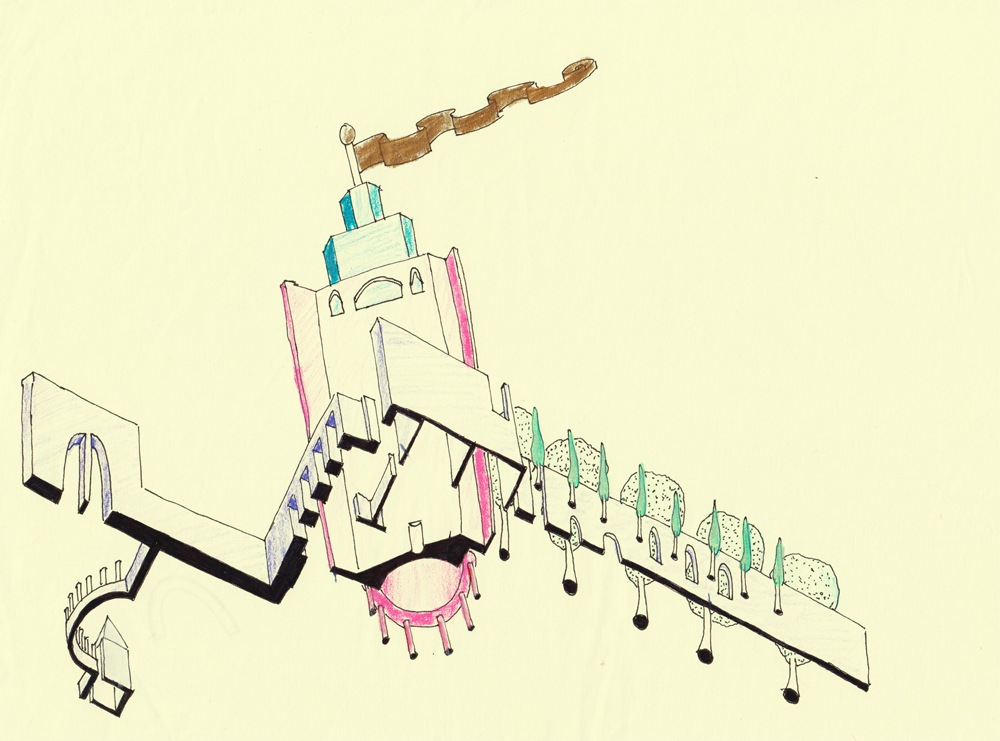
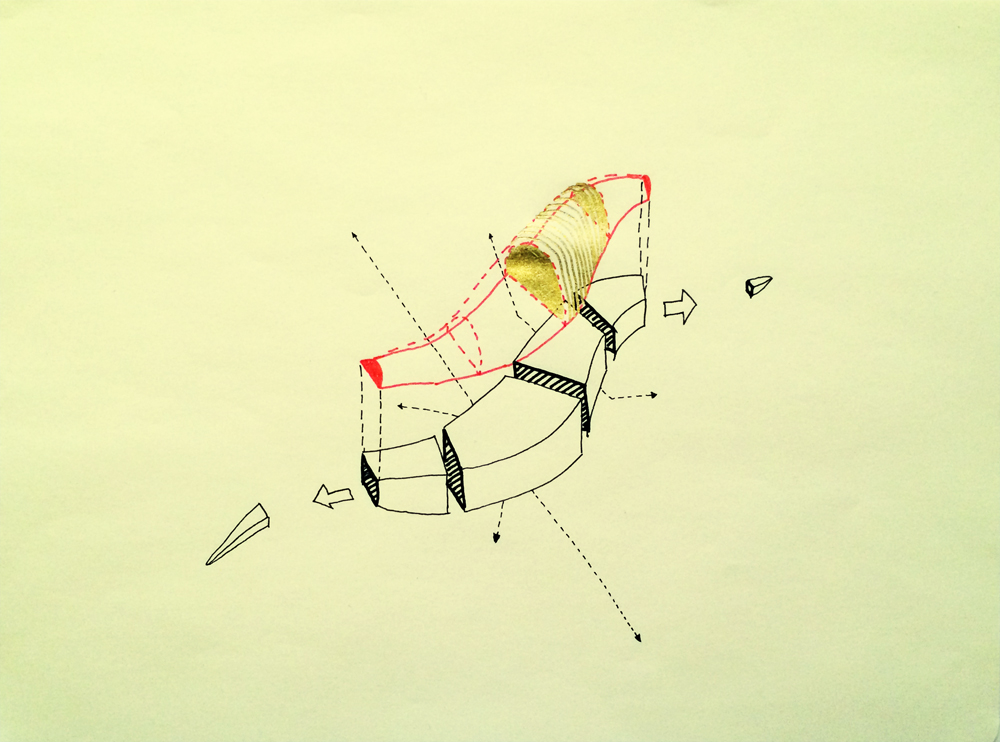
You might also consider how you annotate your drawings with different layers of information, how you might use text and diagrammatic icons to communicate crucial data relevant to your project. In this case drawing, or mapping, can be used to collect and present important information that is shown within the context of the space that you’re exploring and designing. These layers of information begin to communicate different components and spatial programmes and how they might overlap and relate to each other.
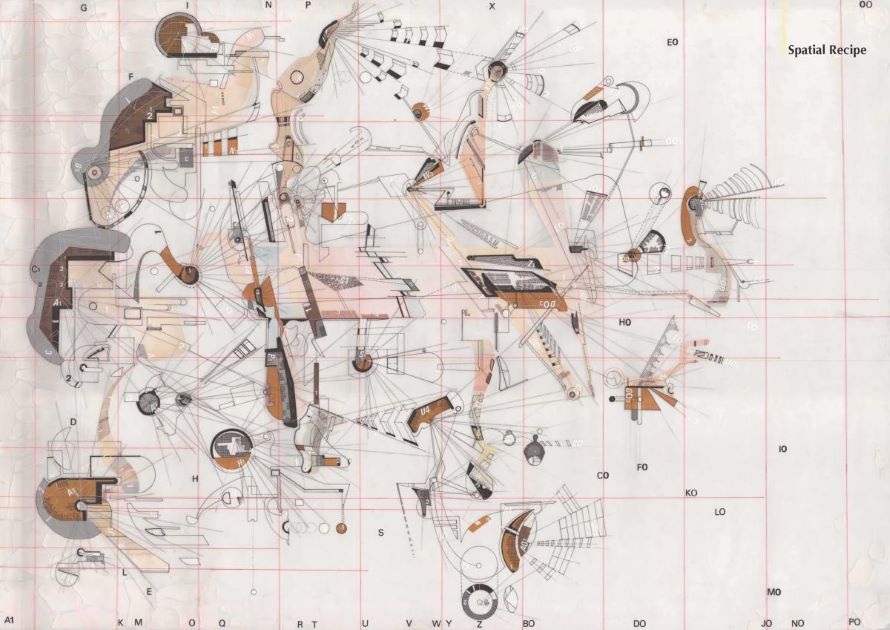
My final thought on drawing, at least for this post, is that you should also think about the materials and processes that you’re using. Consider what you might draw with, whether it’s a pencil or a paintbrush, or perhaps a mouse if you’re working digitally, and consider the surface that you will be drawing on. Will you be using a paint-stick (ala Richard Serra) on fabric and wood? Or will you be using ink on cartridge and tracing paper? Perhaps you’re using a combination of things, ink and pencil on different papers, layered onto fabric… Each combination has a unique set of qualities and properties that should be carefully considered. Of course, there’s also the size of the drawing to consider too; take a look at the work of artist Fabienne Verdier, and consider how tools and processes can be adapted to produce work on a much larger scale…
The drawings and processes that I’ve talked about are just a glimpse into the realm of drawing, and I think that it’s important for you to consider what it is that you are trying to communicate through your work.
How can you evolve your drawings to show us more?
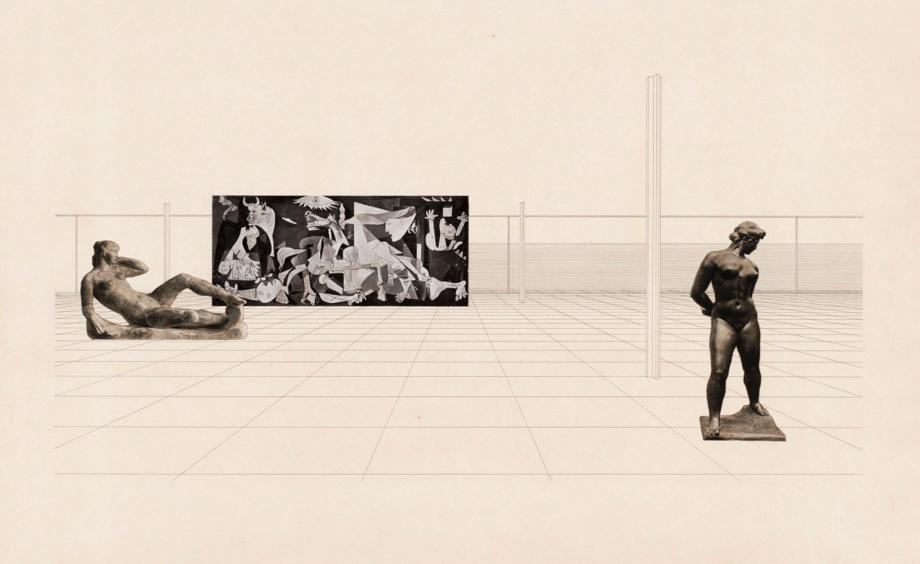
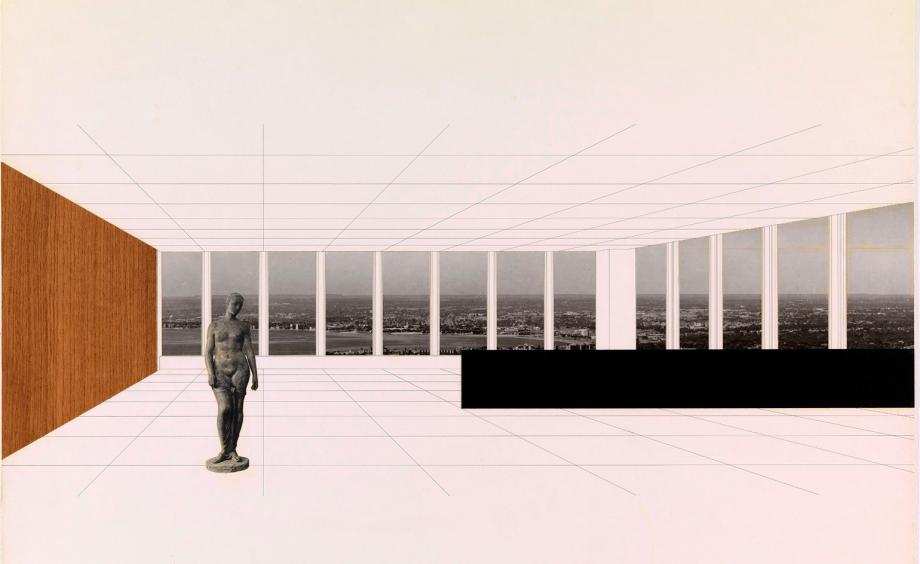
Inspirational drawing resources –
https://drawingarchitecture.tumblr.com/
http://www.presidentsmedals.com/
|
|







A timely post after your drawing / text Invisible Cities workshop last night Daniel. So many different ways to represent spatial practice in different media, and so important to understand that there isn’t one ‘right’ way of doing it!
These are great examples! I love the reminder that thinking about how to draw to communicate your idea can take just as much creativity (if not more) as the idea itself. The ‘pointless diagrams’ series is such a lovely exercise.
Thanks Audrey, I agree – there’s so much value in thinking about how to draw, in choosing (testing) the right materials and processes, because these drawings eventually become an important communication tool for us as designers.